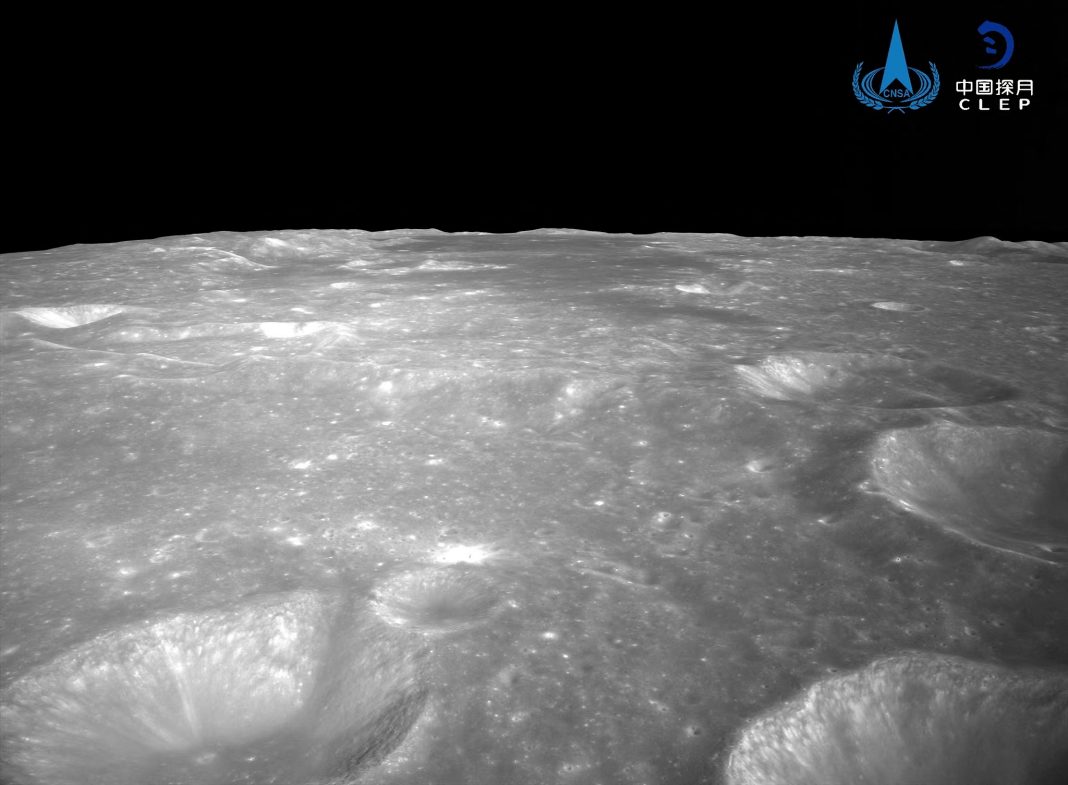BEIJING: Three months after China’s latest lunar probe returned to Earth, the samples brought back by the Chang’e-6 mission have revealed new secrets about the far side of the moon.
Last week, research revealed key differences between the lunar samples retrieved by Chang’e-6 and the previous Chang’e-5 mission.
Compared with the Chang’e-5 lunar samples, the Chang’e-6 samples appear slightly lighter in color due to differences in mineral composition. They contain significantly more plagioclase and less olivine. Additionally, their lower density suggests a more porous and loosely structured composition.
In June, China completed the Chang’e-6 mission after a 53-day journey. It made history as the first to return material from the moon’s far side, bringing back 1,935.3 grams of valuable lunar samples.
“The Chang’e-6 mission represents a significant milestone in the history of human lunar exploration, and it will contribute to a more comprehensive understanding of lunar evolution,” said Yang Wei, a researcher at the Institute of Geology and Geophysics of the Chinese Academy of Sciences.“Fascination with the moon is rooted in Chinese culture down the ages, as evidenced by the mythological narrative of Chang’e, a lady who journeyed to and resided on the moon,” said Yang. China’s lunar exploration project, named after this legend, officially launched in 2004.
Following a three-step plan, orbiting, landing and sample return, the country launched its first lunar probe, Chang’e-1, in 2007. The mission provided a comprehensive map of the moon’s surface, unveiling previously unseen details.
The Chang’e-2 lunar orbiter was launched in 2010, mapping the moon from an altitude of merely 100 kilometers, capturing an image with an unprecedented resolution of seven meters. In 2013, Chang’e-3 achieved a successful soft landing on the lunar surface.
Along with it, China’s first lunar rover, Yutu (Jade Rabbit), left its mark on the lunar surface and set the record for the longest-working rover on the moon so far. –The Daily Mail-CGTN news exchange item





